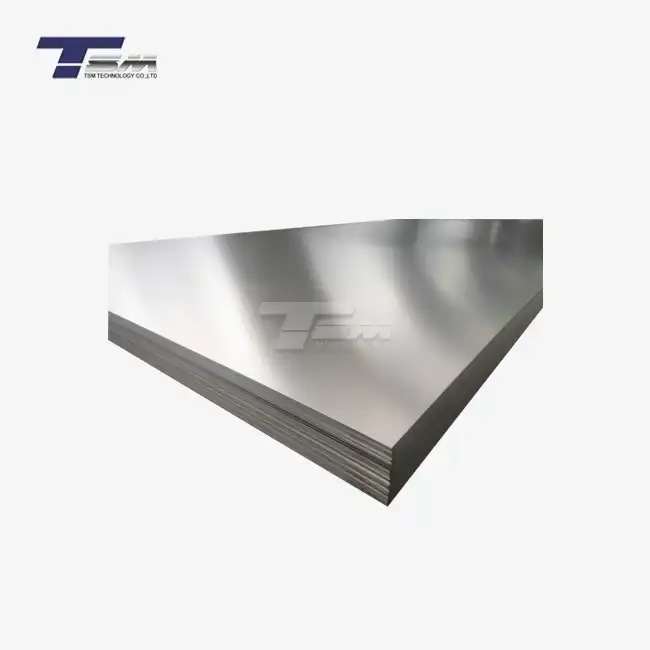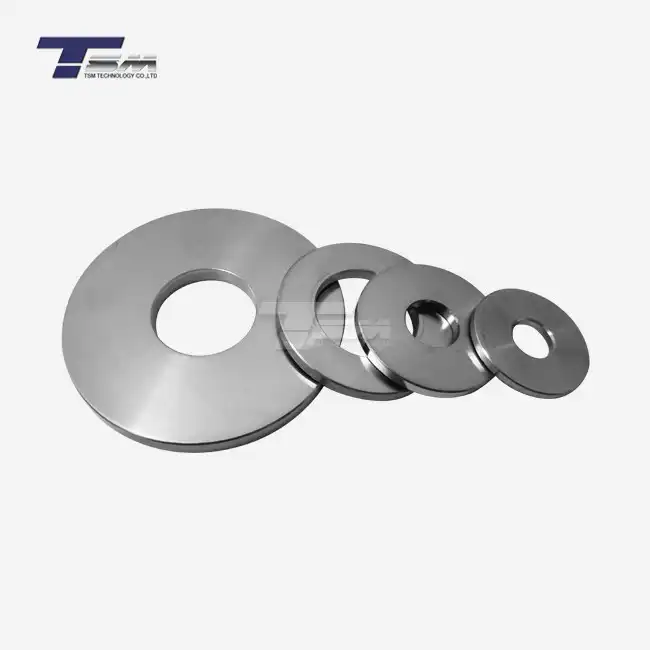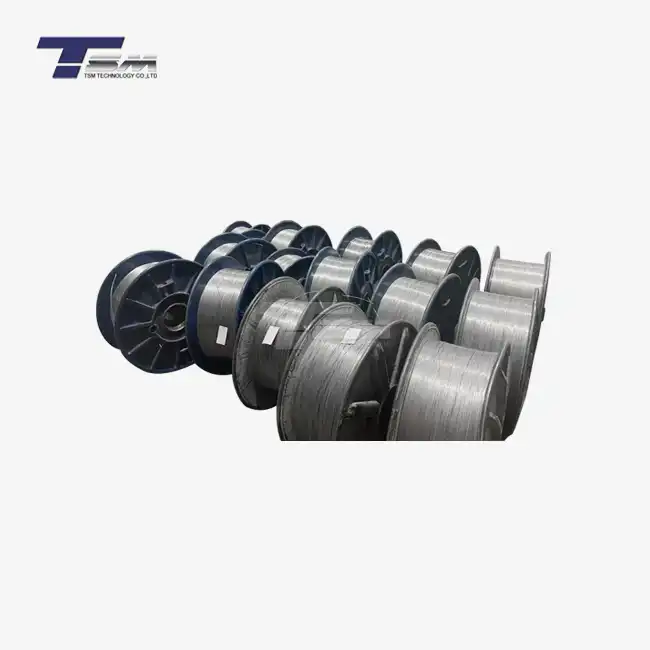- English
- French
- German
- Portuguese
- Spanish
- Russian
- Japanese
- Korean
- Arabic
- Greek
- German
- Turkish
- Italian
- Danish
- Romanian
- Indonesian
- Czech
- Afrikaans
- Swedish
- Polish
- Basque
- Catalan
- Esperanto
- Hindi
- Lao
- Albanian
- Amharic
- Armenian
- Azerbaijani
- Belarusian
- Bengali
- Bosnian
- Bulgarian
- Cebuano
- Chichewa
- Corsican
- Croatian
- Dutch
- Estonian
- Filipino
- Finnish
- Frisian
- Galician
- Georgian
- Gujarati
- Haitian
- Hausa
- Hawaiian
- Hebrew
- Hmong
- Hungarian
- Icelandic
- Igbo
- Javanese
- Kannada
- Kazakh
- Khmer
- Kurdish
- Kyrgyz
- Latin
- Latvian
- Lithuanian
- Luxembou..
- Macedonian
- Malagasy
- Malay
- Malayalam
- Maltese
- Maori
- Marathi
- Mongolian
- Burmese
- Nepali
- Norwegian
- Pashto
- Persian
- Punjabi
- Serbian
- Sesotho
- Sinhala
- Slovak
- Slovenian
- Somali
- Samoan
- Scots Gaelic
- Shona
- Sindhi
- Sundanese
- Swahili
- Tajik
- Tamil
- Telugu
- Thai
- Ukrainian
- Urdu
- Uzbek
- Vietnamese
- Welsh
- Xhosa
- Yiddish
- Yoruba
- Zulu
What Are the Key Properties and Applications of Hastelloy C276 Sheet?
Hastelloy C276 sheet is a versatile and high-performance nickel-molybdenum-chromium alloy known for its exceptional corrosion resistance and mechanical properties. This superalloy exhibits remarkable resistance to a wide range of aggressive environments, including oxidizing and reducing conditions. Hastelloy C276 sheet offers excellent resistance to pitting, crevice corrosion, and stress corrosion cracking, making it an ideal choice for demanding applications in various industries. Its unique combination of strength, durability, and corrosion resistance allows it to withstand extreme temperatures and harsh chemical environments, making it a go-to material for critical components in chemical processing, oil and gas, and marine applications.
Exceptional Properties of Hastelloy C276 Sheet
Unmatched Corrosion Resistance
Hastelloy C276 sheet boasts superior corrosion resistance, setting it apart from many other alloys. Its unique composition, primarily consisting of nickel, molybdenum, and chromium, creates a protective oxide layer that shields the material from aggressive chemical attacks. This exceptional resistance extends to various corrosive media, including hydrochloric acid, sulfuric acid, and chlorine-containing environments. The alloy's ability to withstand both oxidizing and reducing conditions makes it an invaluable asset in applications where other materials would quickly deteriorate.

Furthermore, Hastelloy C276 sheet exhibits remarkable resistance to localized corrosion phenomena such as pitting and crevice corrosion. This property is particularly crucial in environments where these types of corrosion can lead to catastrophic failure. The alloy's resistance to stress corrosion cracking adds another layer of protection, ensuring long-term reliability in high-stress applications exposed to corrosive media.
Mechanical Strength and Stability
Beyond its corrosion-resistant properties, Hastelloy C276 sheet demonstrates impressive mechanical characteristics. The alloy maintains its strength and ductility across a wide temperature range, from cryogenic temperatures to elevated ones. This thermal stability makes it suitable for applications involving extreme temperature fluctuations or continuous high-temperature exposure.
The sheet's high yield strength and ultimate tensile strength contribute to its durability and longevity in demanding environments. These properties, combined with good fatigue resistance, make Hastelloy C276 sheet an excellent choice for components subjected to cyclic loading or vibrations. The material's ability to retain its mechanical properties under severe conditions ensures reliable performance and extended service life in critical applications.
Excellent Fabricability
Despite its high strength and corrosion resistance, Hastelloy C276 sheet exhibits good fabricability. The material can be readily formed, machined, and welded using conventional techniques. This ease of fabrication allows for the creation of complex shapes and structures without compromising the alloy's inherent properties. The sheet can be cold-worked to achieve desired forms and can be hot-worked at appropriate temperatures to maintain its microstructure and properties.
The weldability of Hastelloy C276 sheet is particularly noteworthy. It can be welded using various methods, including gas tungsten arc welding (GTAW), shielded metal arc welding (SMAW), and gas metal arc welding (GMAW). Proper welding procedures and post-weld heat treatments ensure that the welded joints maintain corrosion resistance and mechanical properties comparable to the base material.
Versatile Applications of Hastelloy C276 Sheet
Chemical Processing Industry
The chemical processing industry heavily relies on Hastelloy C276 sheet for its exceptional corrosion resistance and durability. In this sector, the material finds extensive use in the fabrication of reactors, heat exchangers, and piping systems. These components are often exposed to highly corrosive chemicals, including organic and inorganic acids, chlorine-based compounds, and oxidizing agents. Hastelloy C276 sheet's ability to withstand such aggressive environments makes it an ideal choice for ensuring the longevity and safety of critical equipment.
In particular, Hastelloy C276 sheet excels in applications involving the production and handling of acetic acid, a common industrial chemical. The alloy's resistance to acetic acid at various concentrations and temperatures surpasses that of many other materials, making it a preferred option for storage tanks, transfer lines, and process vessels in acetic acid plants. Similarly, its excellent performance in chloride-containing environments makes it suitable for chlor-alkali production facilities and other chlorine-based chemical processes.
Oil and Gas Industry
The oil and gas industry presents some of the most challenging environments for materials, and Hastelloy C276 sheet rises to meet these challenges. In offshore oil and gas production, where exposure to seawater and corrosive gases is common, this alloy finds extensive use in various components. Subsea equipment, such as manifolds, wellhead components, and flow lines, often incorporate Hastelloy C276 sheet to ensure long-term reliability in these harsh conditions.
The material's resistance to sulfide stress cracking (SSC) and hydrogen-induced cracking (HIC) makes it particularly valuable in sour gas environments. These environments, characterized by the presence of hydrogen sulfide, can cause catastrophic failure in less resistant materials. Hastelloy C276 sheet's ability to withstand such conditions makes it a crucial material for downhole tools, valves, and other critical components in sour gas wells.
Pollution Control and Waste Treatment
As environmental regulations become increasingly stringent, the demand for materials capable of withstanding aggressive waste treatment processes has grown. Hastelloy C276 sheet plays a vital role in this sector, finding applications in flue gas desulfurization (FGD) systems, incineration plants, and wastewater treatment facilities. The alloy's resistance to both acidic and oxidizing environments makes it well-suited for handling the diverse range of corrosive substances encountered in these applications.
In FGD systems, Hastelloy C276 sheet is often used in absorber towers, mist eliminators, and ductwork. These components are exposed to a highly corrosive mixture of sulfur dioxide, chlorides, and fly ash, which can rapidly degrade less resistant materials. The alloy's ability to maintain its integrity in such environments ensures the efficient and reliable operation of these critical pollution control systems.
Considerations for Selecting and Using Hastelloy C276 Sheet
Material Selection and Design
While Hastelloy C276 sheet offers exceptional properties, proper material selection and design are crucial for optimal performance. Engineers and designers must carefully consider the specific environmental conditions, operating temperatures, and stress levels the material will encounter. Consulting material compatibility charts and conducting thorough corrosion testing for the intended application can help ensure that Hastelloy C276 sheet is the most suitable choice.
In some cases, alternative alloys or materials may be more appropriate or cost-effective. For instance, in less severe environments, lower-grade nickel alloys or stainless steels might provide adequate performance at a lower cost. Conversely, for extremely aggressive conditions, even more resistant alloys might be necessary. A comprehensive understanding of the application requirements and potential failure modes is essential for making informed material selection decisions.
Fabrication and Welding Considerations
Although Hastelloy C276 sheet is generally considered to have good fabricability, certain precautions are necessary during manufacturing and fabrication processes. Proper handling and storage of the material are essential to prevent contamination, which could compromise its corrosion resistance. During forming operations, care must be taken to avoid excessive work hardening, which can impact the material's ductility and formability.
Welding Hastelloy C276 sheet requires attention to detail and adherence to recommended procedures. Proper cleaning of the weld area, selection of appropriate filler metals, and control of heat input are critical factors in achieving high-quality welds. Post-weld heat treatment may be necessary in some cases to restore the material's corrosion resistance and mechanical properties in the heat-affected zone. Adherence to welding codes and standards specific to nickel alloys ensures the integrity and performance of welded Hastelloy C276 components.
Maintenance and Inspection
While Hastelloy C276 sheet offers exceptional corrosion resistance, proper maintenance and inspection practices are still essential for ensuring long-term performance and safety. Regular inspections can help identify any signs of degradation or unexpected corrosion, allowing for timely intervention. Non-destructive testing methods, such as ultrasonic testing and radiography, can be employed to assess the integrity of Hastelloy C276 components without compromising their structure.
In some applications, particularly those involving high temperatures or cyclic loading, monitoring for creep or fatigue damage may be necessary. Implementing a comprehensive maintenance program that includes periodic thickness measurements, visual inspections, and material testing can help maximize the service life of Hastelloy C276 sheet components and prevent unexpected failures.
Conclusion
Hastelloy C276 sheet stands out as a remarkable material, offering a unique combination of corrosion resistance, mechanical strength, and versatility. Its exceptional properties make it an invaluable asset in industries facing challenging environmental conditions. From chemical processing to oil and gas production, and from pollution control to specialized applications, Hastelloy C276 sheet continues to prove its worth. As industries evolve and face new challenges, this superalloy remains at the forefront of material solutions, enabling the design and operation of robust, reliable, and long-lasting equipment and systems.
Contact Us
For more information about Hastelloy C276 sheet and how it can benefit your specific application, don't hesitate to reach out to our team of experts at TSM TECHNOLOGY. As one of the trusted Hastelloy C276 sheet suppliers, we are committed to providing high-quality materials and expert guidance. Contact us at info@tsmnialloy.com to discuss your material needs and discover how our superior alloy products can enhance your projects.
References
Haynes International. "Hastelloy C-276 Alloy: High-Performance Nickel Alloy." Materials Science and Engineering Handbook, 2018.
Crook, P. "Corrosion Resistance of Nickel Alloys in Chemical Process Environments." Corrosion Engineering, Science and Technology, Vol. 45, No. 2, 2010.
Rebak, R.B.. "Nickel Alloys for Corrosive Environments." The ASME Handbook on Water Technology for Thermal Power Systems, 2019.
Special Metals Corporation. "Hastelloy C-276: Properties and Applications." Advanced Materials for Extreme Environments, 2017.
Revie, R.W., and Uhlig, H.H.. "Corrosion and Corrosion Control: An Introduction to Corrosion Science and Engineering." 4th Edition, Wiley-Interscience, 2008.
Davis, J.R. "Nickel, Cobalt, and Their Alloys." ASM Specialty Handbook, ASM International, 2000.
Learn about our latest products and discounts through SMS or email



